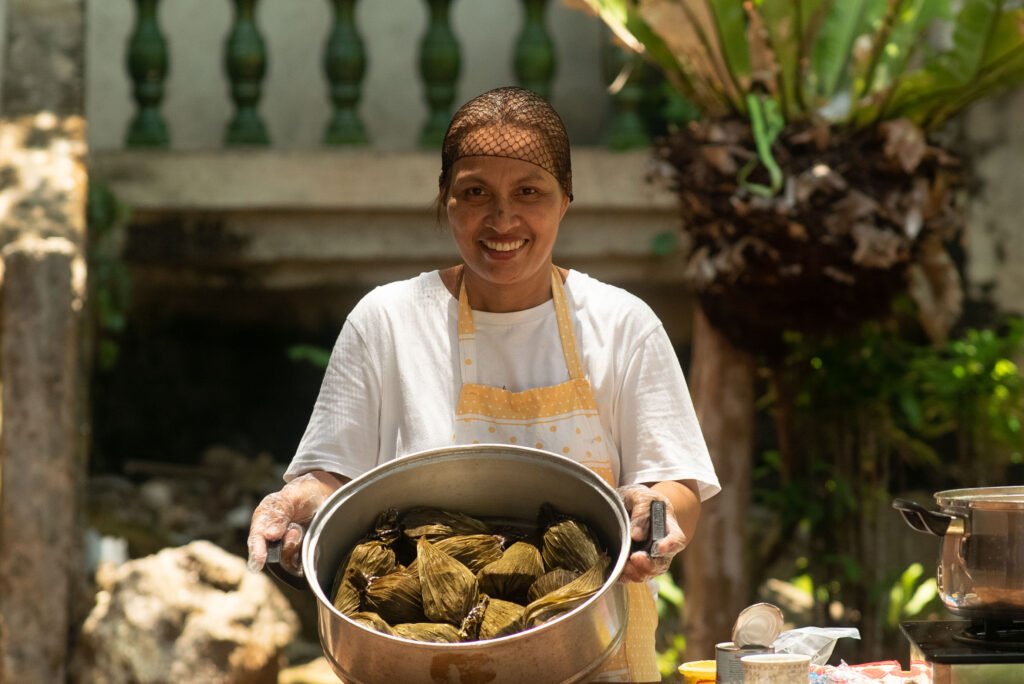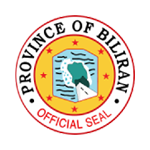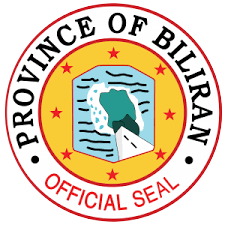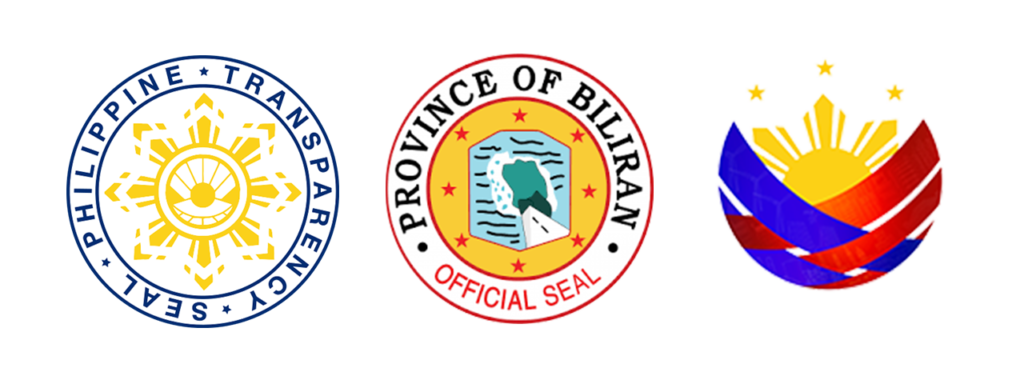Biliran Province Profile
Nestled in the Eastern Visayas, Biliran Province is a picturesque and vibrant destination renowned for its natural wonders and historical heritage. Once a sub-province of Leyte, Biliran has grown into a distinct region known for its pristine beaches, lush forests, and warm-hearted people.

Location and land area
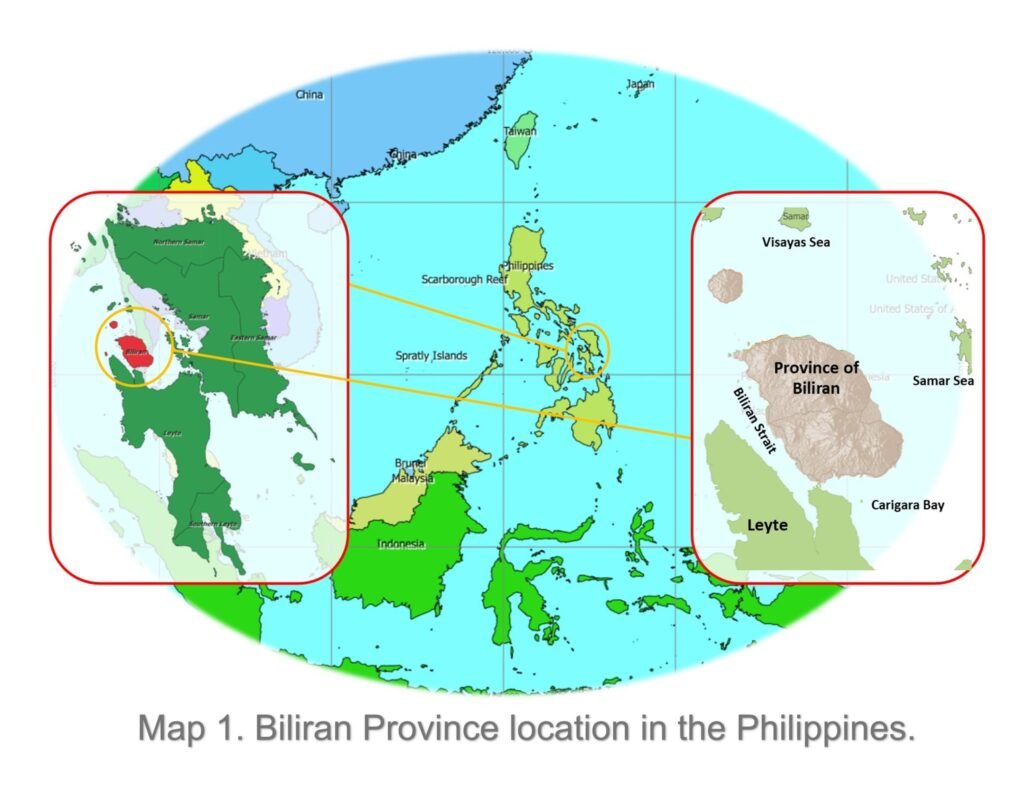
This island province is located about 123 kilometers north of Tacloban City, the regional center. Biliran is composed of eight municipalities namely: Almeria, Biliran, Cabucgayan, Caibiran, Culaba, Kawayan, Maripipi and the capital town of Naval (Map 2). There are 132 barangays, of which 20 are classified as urban and 112 are rural. The total land area is 555.42 square kilometers (55,542 hectares), which is only 0.18% of the Philippines’ total land area of about 300,000 sq. km., and only 2.59% of the entire Eastern Visayas. Among the municipalities, Naval, the capital of the province, is the largest in area (107.08 sq. km.), followed by Caibiran (94.58 sq. km). The smallest is Maripipi, having an area of 31.71 square kilometers.
Population
Based on the 2020 Census of Population and Housing, conducted by the PSA, the province registered a total population of 179,312 persons or a population density of 335 persons/km2. The latest census in 2020 denote a positive growth rate of 0.93%, or an increase of 7,700 people, from the previous population of 171,612 in 2015.
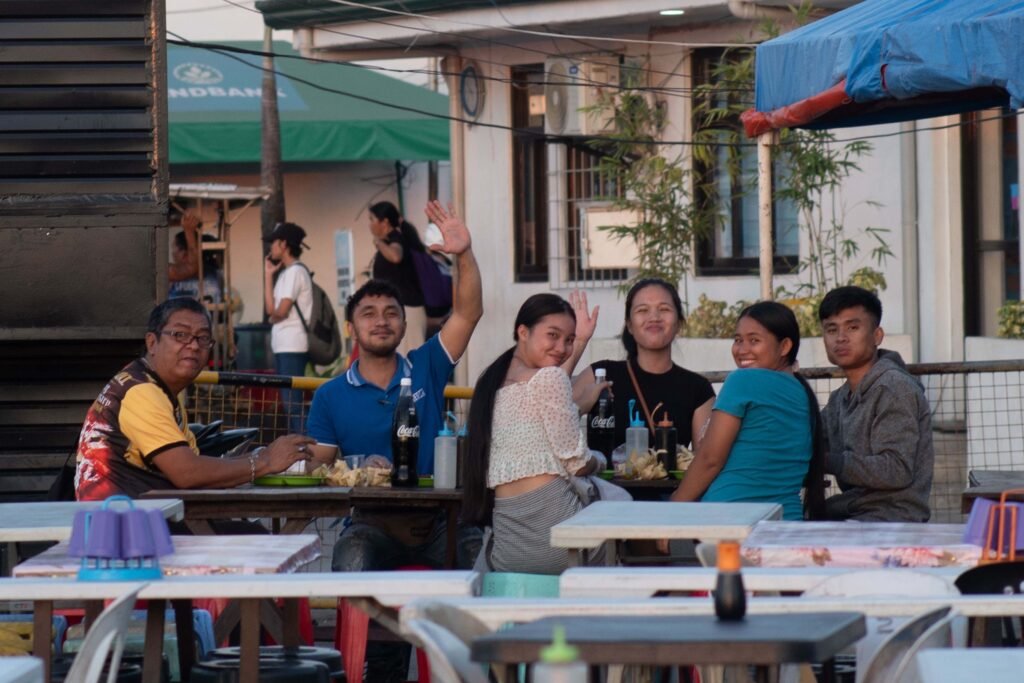

Languages
Waray-waray is the dialect mostly spoken by the population. This is followed by Bisaya or Binisaya and Cebuano.
The inhabitants of the towns facing or are accessible to the mainland provinces of Leyte and Samar speak Waray-waray, whereas those residing in the towns accessible to Cebu, Naval, and Almeria speak the Cebuano dialect, although most of the people can speak and understand both dialects.
Economy
